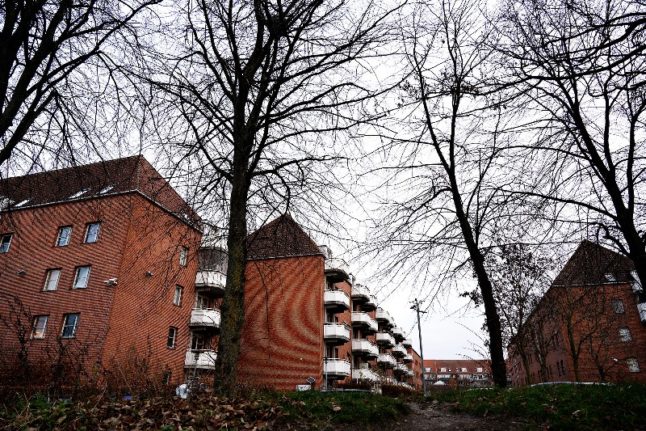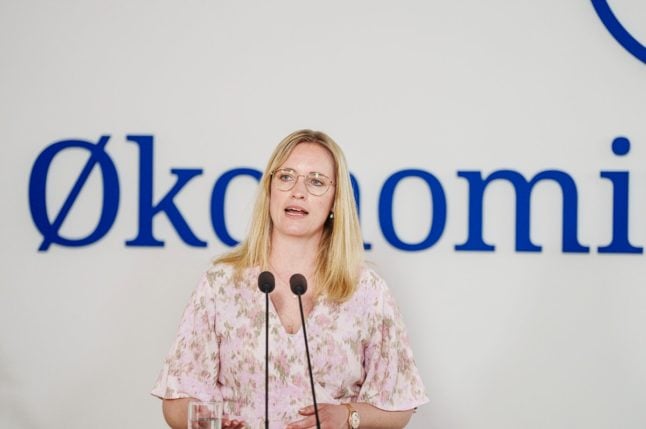The updated list of ‘parallel societies’ and vulnerable housing areas was published by the Ministry of the Interior and Housing on Thursday.
The number of housing areas classed as parallel societies falls from 12 in 2021 to 10 in the new list.
Three areas were removed from the list (Aldersrogade and Tingbjerg/Utterslevhuse, both in Copenhagen, Agervang in Holbæk), while one was added (Askerød in Greve).
The number of ‘vulnerable housing areas’ (udsatte boligområder) and ‘redevelopment areas’ (omdannelsesområder) is also lower than on the 2021 list.
A ‘redevelopment area’ or omdannelsesområde is the new term replacing ‘hard ghetto’, used for areas which have been on the parallel societies list for five consecutive years.
The terms ‘parallel society’ and ‘underprivileged housing area’ have replaced ‘ghetto’ in the government’s official descriptions, after the latter word was scrapped because it was considered to be derogatory towards marginalised areas.
The lists are important because included areas can be subject to special treatment under Danish laws.
To qualify as ‘parallel societies’, housing areas of more than 1,000 people, where more than half are of “non-Western” origin, must fulfil two of four criteria.
Areas that fulfil the criteria are then required to take measures to combat parallel societies under a 2018 law originally titled the “Ghetto Law”.
The four criteria are: more than 40 percent of residents are unemployed; more than 60 percent of 39-50 year-olds do not have an upper secondary education; crime rates three times higher than the national average; residents have a gross income 55 percent lower than the regional average.
In addition to redevelopment obligations, areas on the list can be subjected to special treatment under the law, including stricter punishments for specified crimes and a requirement for small children to attend daycare.
READ ALSO: EU court to judge residents’ discrimination case against Danish government
The decline in the number of housing areas on the three lists is a positive development, according to Solveig Råberg Tingey, CEO of BL, an organisation representing subsidised housing associations in Denmark.
“The positive trend is the result of a lot of great local work over several years with efforts in relation to jobs and education and social schemes,” Tingey told news wire Ritzau.
“It’s very important that we continue this work in the coming years,” she said.
The list of underprivileged housing areas is updated every year on December 1st.




 Please whitelist us to continue reading.
Please whitelist us to continue reading.
Member comments